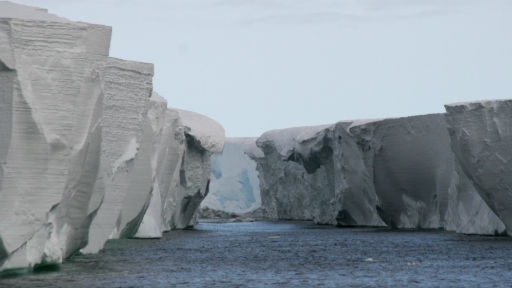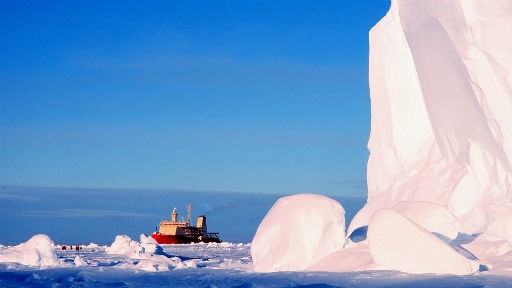There are big, bad things happening on our ice shelves. Emphasis on the big.
In 2012, documentarians in Greenland filming the award-winning film “Chasing Ice” witnessed a 75-minute long record-breaking calving event. “Calving” is the term for a huge chunk of ice breaking off an ice sheet. The piece that broke off was 1.8 cubic miles big, and at the time that was a Guinness World Record.
If that seems like a giant piece of ice, prepare yourself for what comes next.

In the summer of 2015, a piece of ice measuring nearly 5 square miles sheared off the Jakobshavn glacier in Greenland. Eric Rignot, a glaciologist at the University of California, said he was “in awe” of the event.
“We’ve never seen something like this on that scale before,” Rignot said at the time. “What’s happening on Jakobshavn is extremely important and relevant to other pieces of Greenland. This big piece of ice that disappeared a few weeks ago is not going to be replaced easily by some weird events over the winter. We are seeing a continual retreat of this ice front.”
In late August of 2016, the single largest iceberg reported in North America in decades broke free from the Porcupine Glacier in British Columbia. The iceberg covers just under a square mile, and it’s a big deal because until very recently, significant glacier fractures like this one just didn’t happen in North America.

It gets worse.
There are currently less than 7 miles of ice holding an iceberg the size of Delaware – that’s just under 2,000 square miles – onto the floating Larsen C Ice Shelf in Antarctica. Scientists tracking the ice say the giant iceberg could break off at any time, crashing into the seas off the Antarctic Peninsula.

“When it calves, the Larsen C Ice Shelf will lose more than 10 percent of its area, to leave the ice front at its most retreated position ever recorded,” researcher Adrian Luckman wrote in a blog post. “This event will fundamentally change the landscape of the Antarctic Peninsula.”

When the ice shelves begin to give way, the land-based glaciers they’re attached to can begin sliding into the sea. The West Antarctic Ice Sheet contains enough ice to raise sea levels around the world as much as 15 feet. If that doesn’t scare you, it should.
Video:





